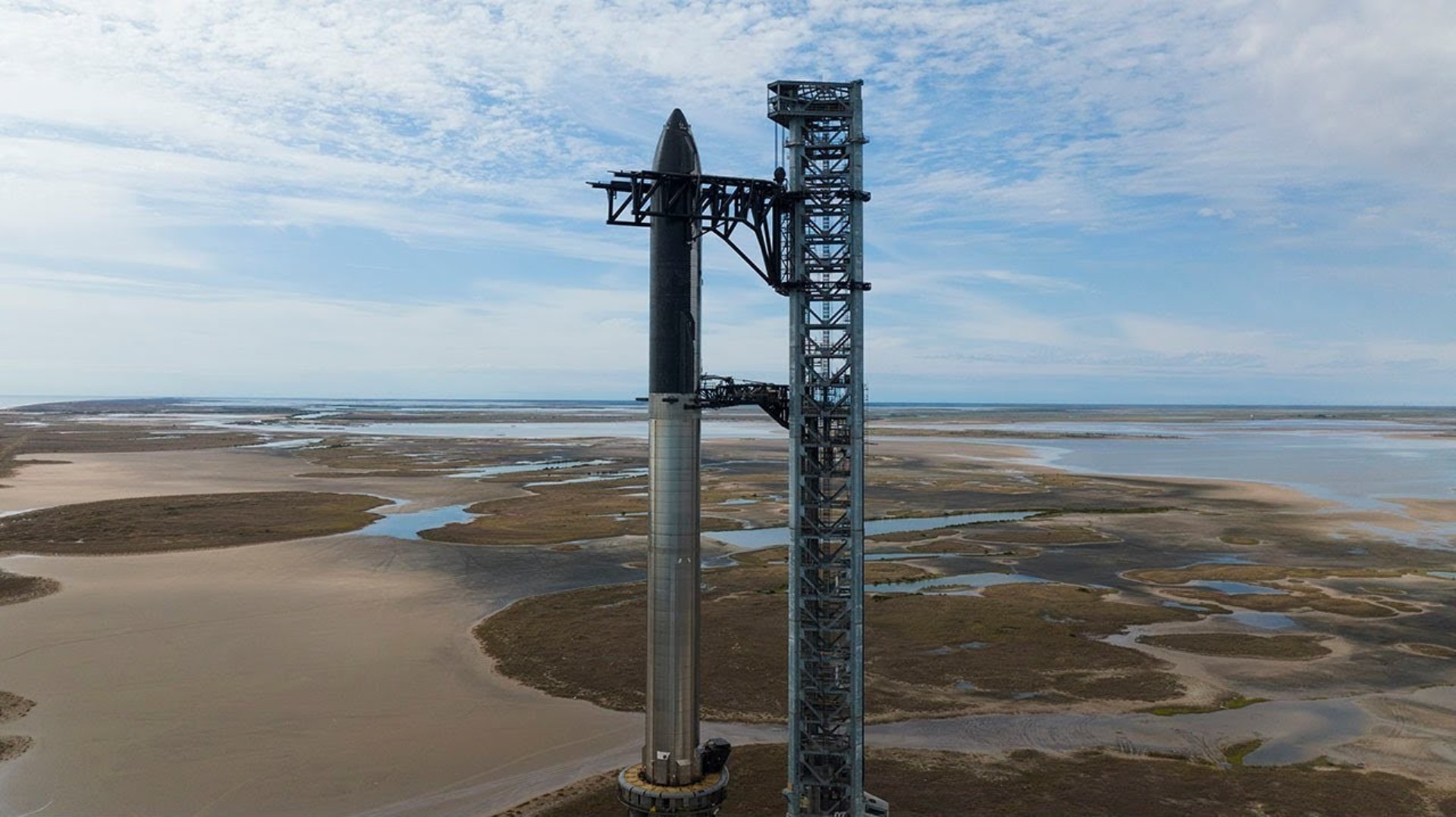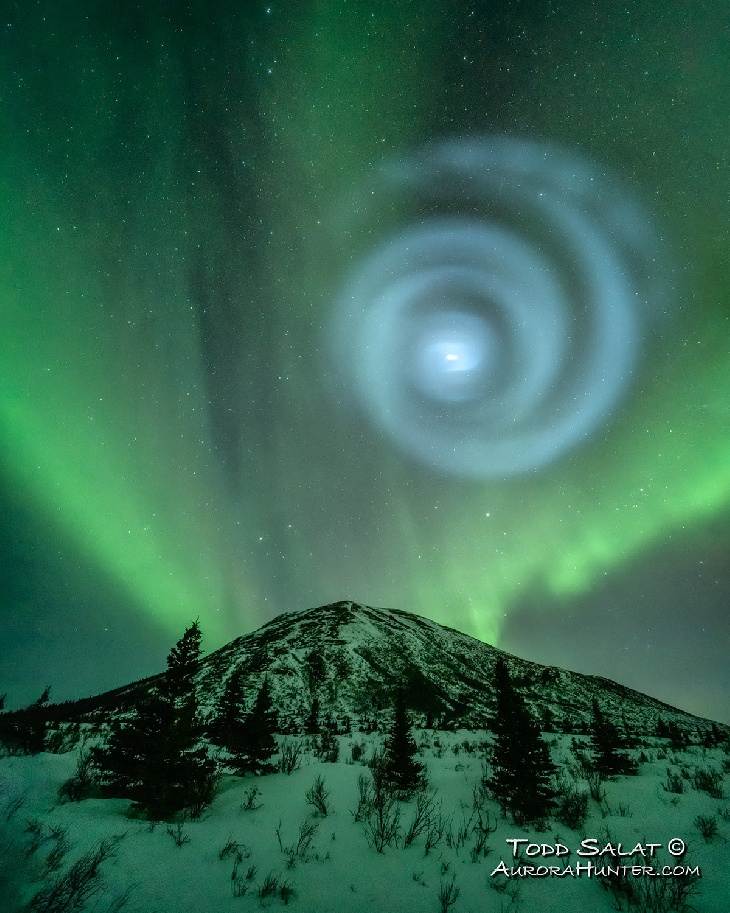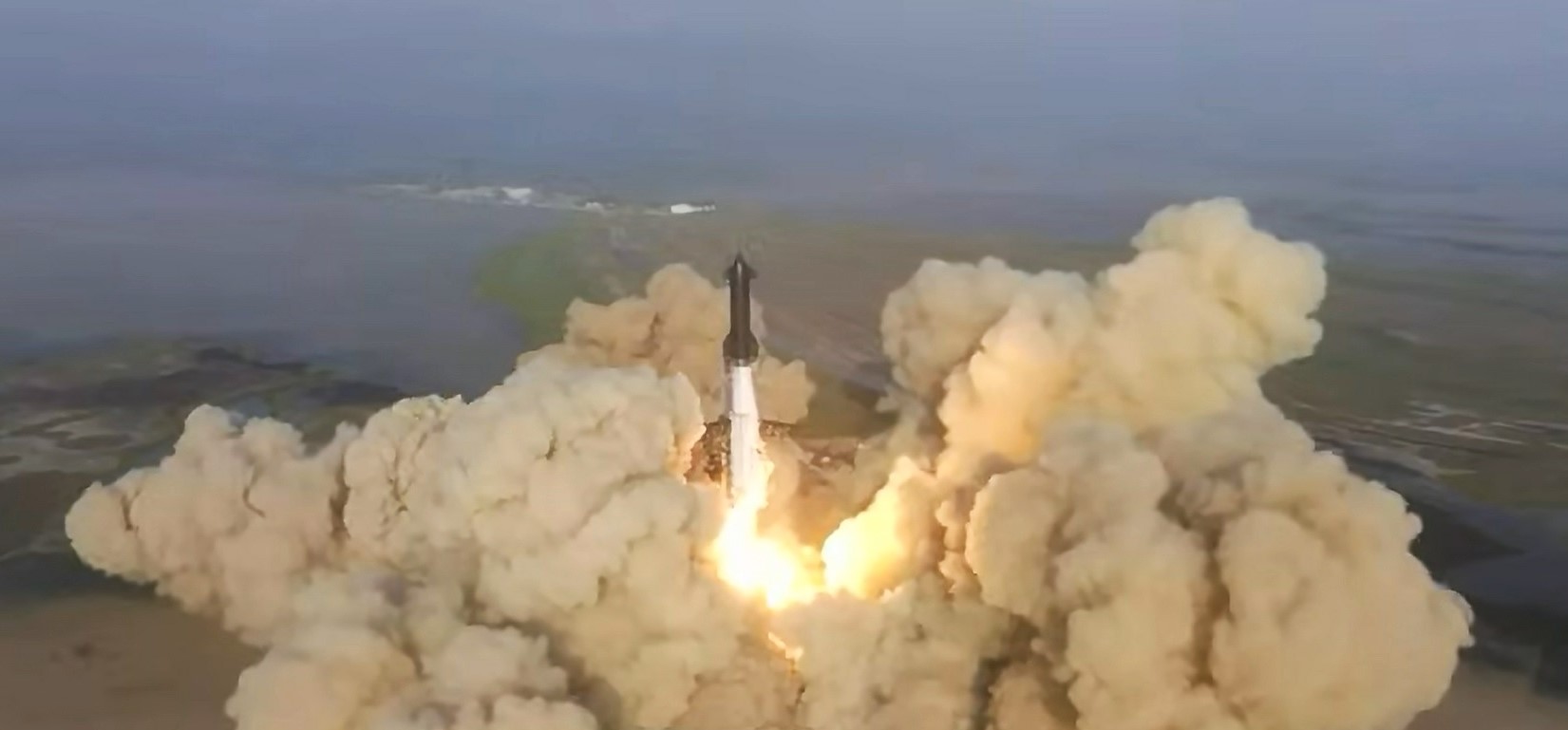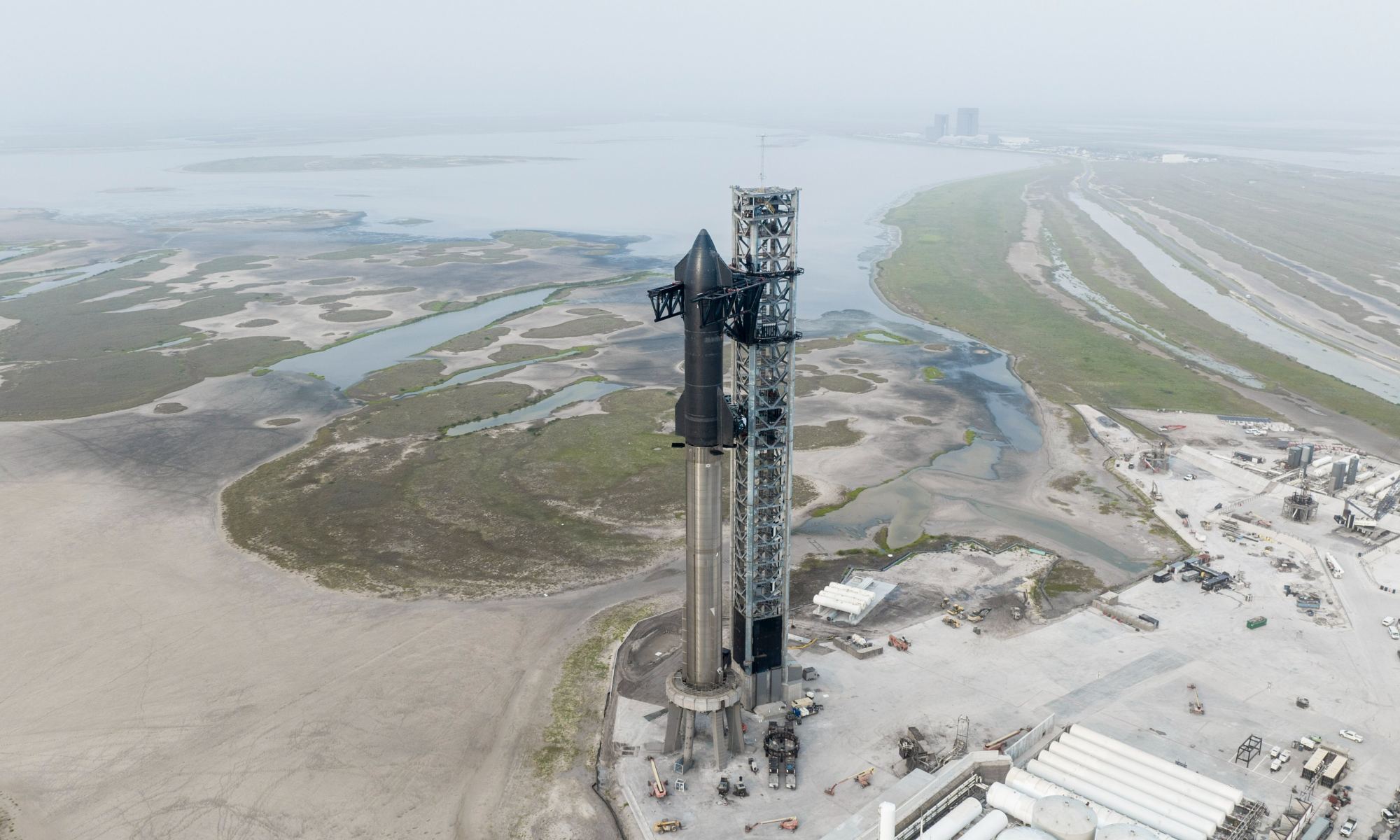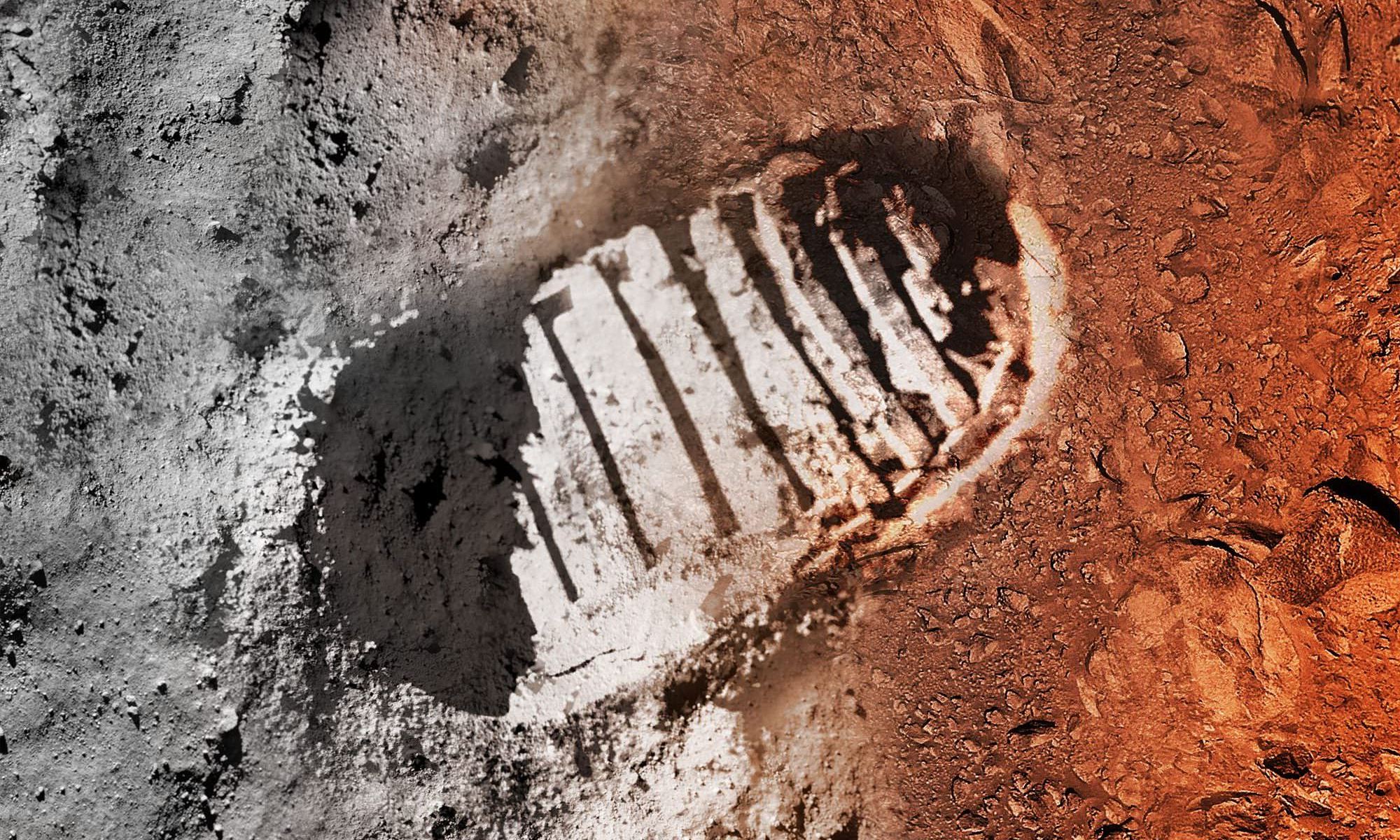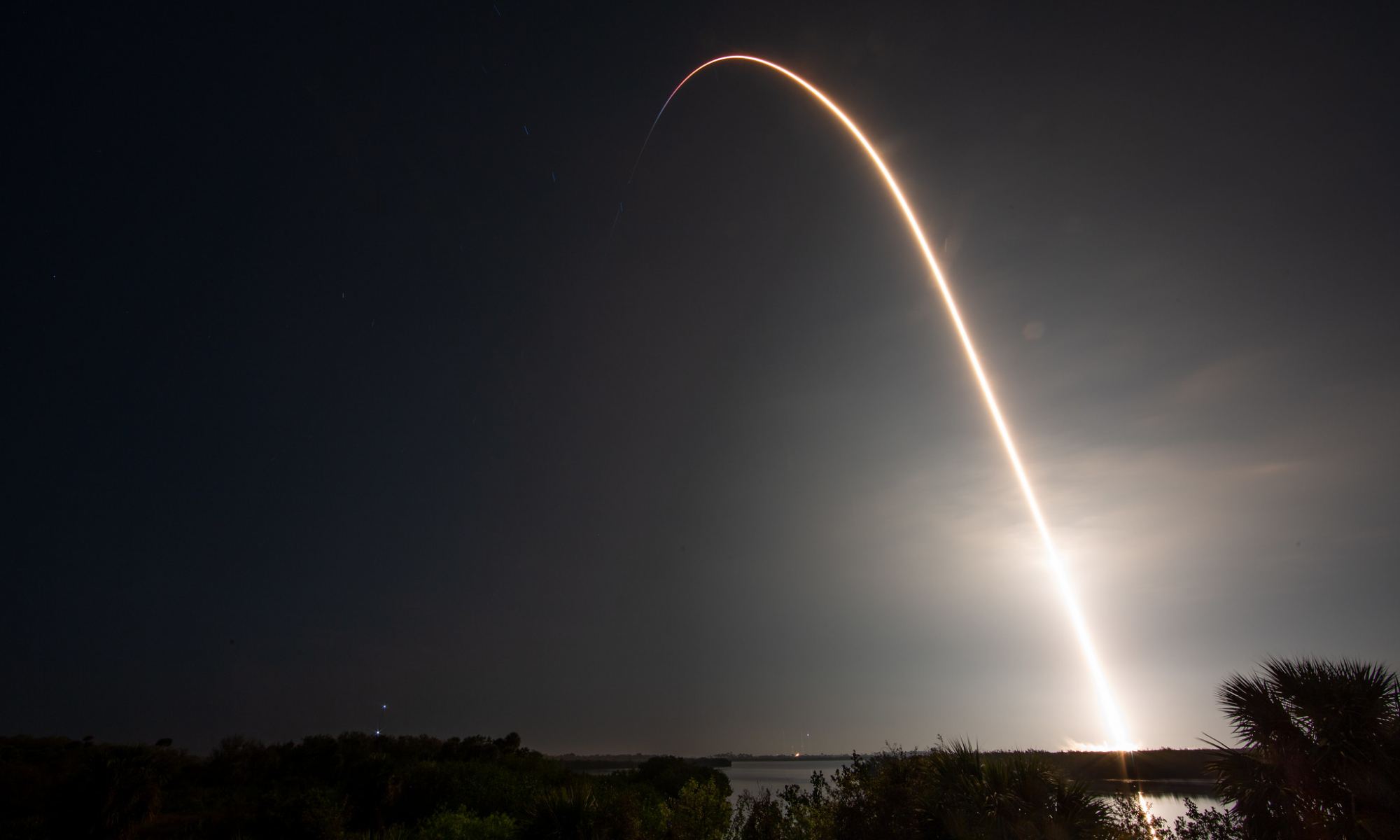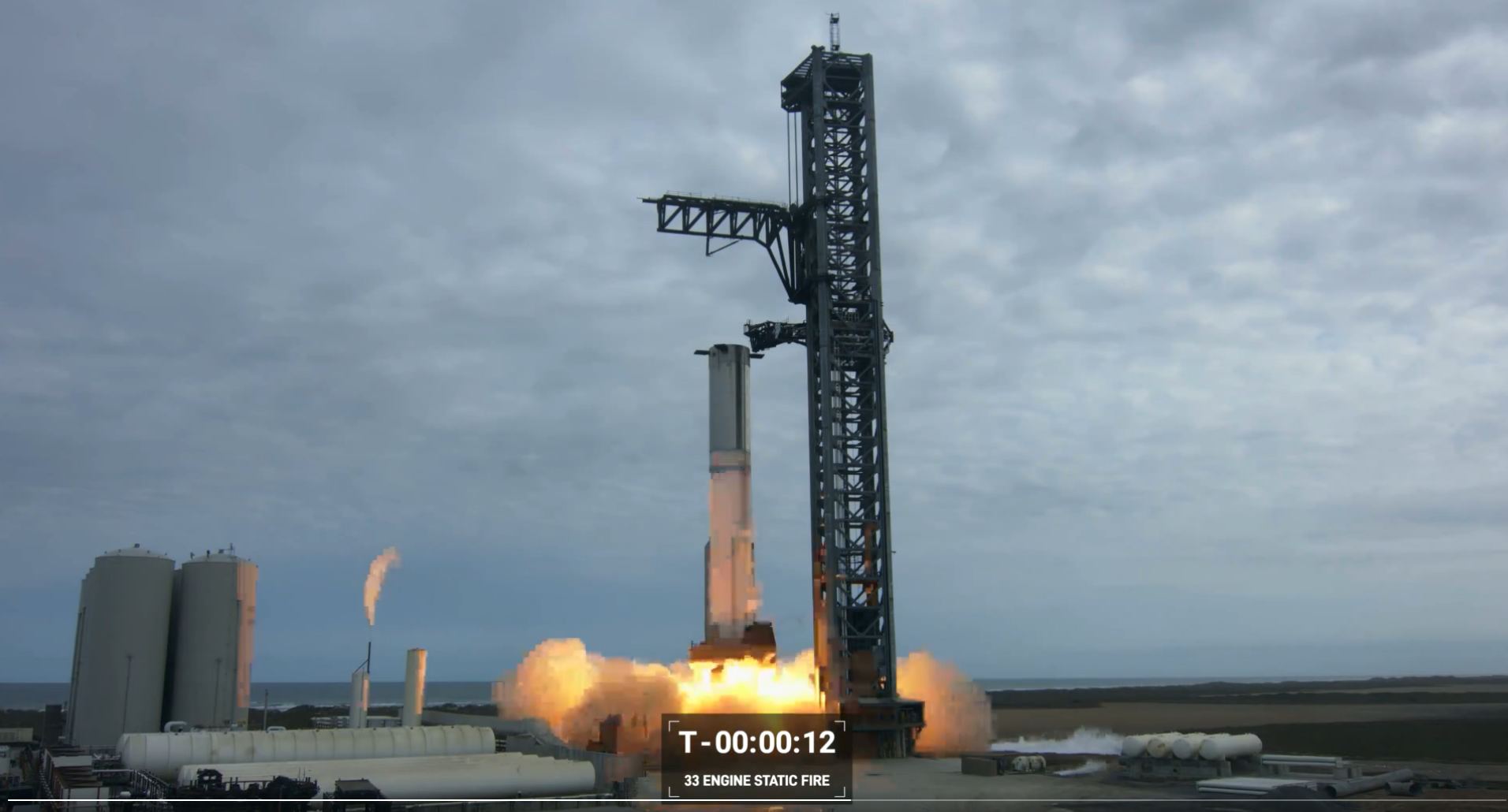It was an exciting time when, two weeks ago, SpaceX got the clearance it needed to conduct its first orbital flight test with the Starship and Super Heavy launch system. After years of waiting, SN flight tests, static fire tests, and stacking and unstacking, the long-awaited test of the SN24 Starship and BN7 Booster prototype was on! For this flight, SpaceX hoped to achieve an altitude of at least 150 km (90 mi) above sea level, crossing the 100 km (62 mi) threshold that officially marks the boundary of “space” (aka. the Karman Line) and making a partial transit around the world before splashing down off the coast of Hawaii.
Unfortunately, things began to go awry a few minutes into the flight as the Starship prototype failed to separate from the booster, sending the rocket into a spin that ended in an explosion. While Musk and SpaceX issued statements that the test was largely successful and lots of valuable data was obtained, residents and environmental researchers claim the explosion caused damage to houses in the area and the local environment. In response, the FAA has launched a “mishap investigation,” temporarily grounding the Starship until the explosion’s impact can be assessed.
Continue reading “SpaceX Starship Effectively Grounded by FAA After in-Flight Explosion”
